Driving through Alpine Tunnels in a Camper: Important Tips for a Safe Journey
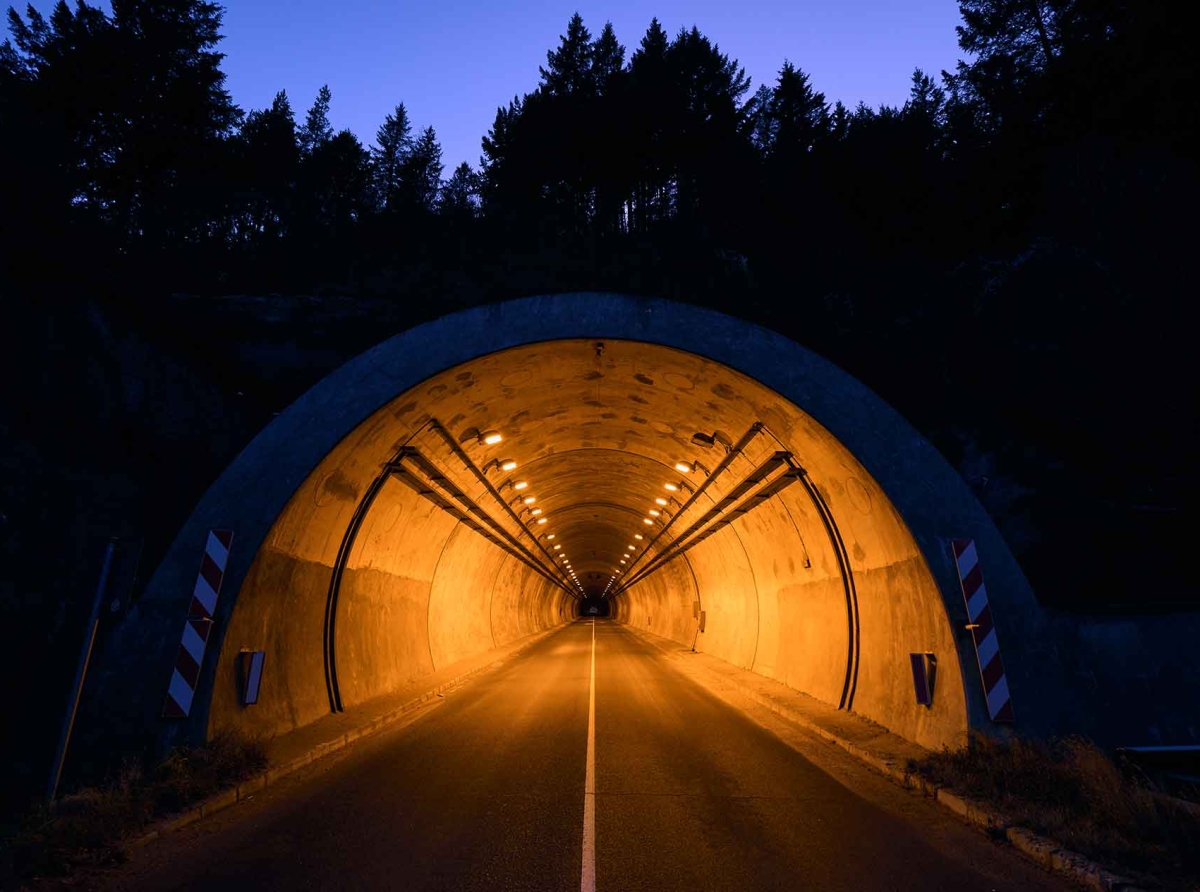
Driving through a long Alpine tunnel in your caravan can feel like entering a different world. The roar of the engine echoes against smooth concrete walls, and the familiar landscape vanishes into darkness.
While tunnels shield you from weather and cut hours off your journey, they demand extra care: you must verify your vehicle’s height, width, and weight before entry, or risk damage and forced detours.
Once inside, stale air can quickly sap your focus, so keep vents open or fans running to maintain fresh airflow. Switch to low‑beam headlights at the mouth of the tunnel and respect the reduced speed limits and spacing markers—sudden slowdowns are common.
Learn the locations of emergency pull‑offs, phone points, and fire extinguishers in case you need to stop. Check live tunnel status from ASFINAG, ASTRA or AISCAT before you go, and always drive with calm vigilance. With these precautions, your tunnel crossings will become just another smooth stretch on your Alpine adventure.
Related articles
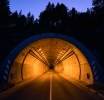
Driving through Alpine Tunnels in a Camper: Important Tips for a Safe Journey
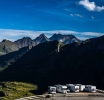
High Roads, Great Views – Caravaning in the Mountains

Caravandrive: Your Partner for Commercial Caravan Sales

Caravandrive: The straightforward solution for private sellers
Driving Through Long Alpine Tunnels – What to Watch Out For
Embarking on a journey through long tunnels with your camper can be an exciting challenge. While tunnels offer the advantage of bypassing difficult weather conditions, they also come with specific risks. Understanding these challenges and preparing accordingly will help ensure a safe and comfortable drive through the Alps. In this section, we’ll explore the key aspects of tunnel driving in mountainous regions.
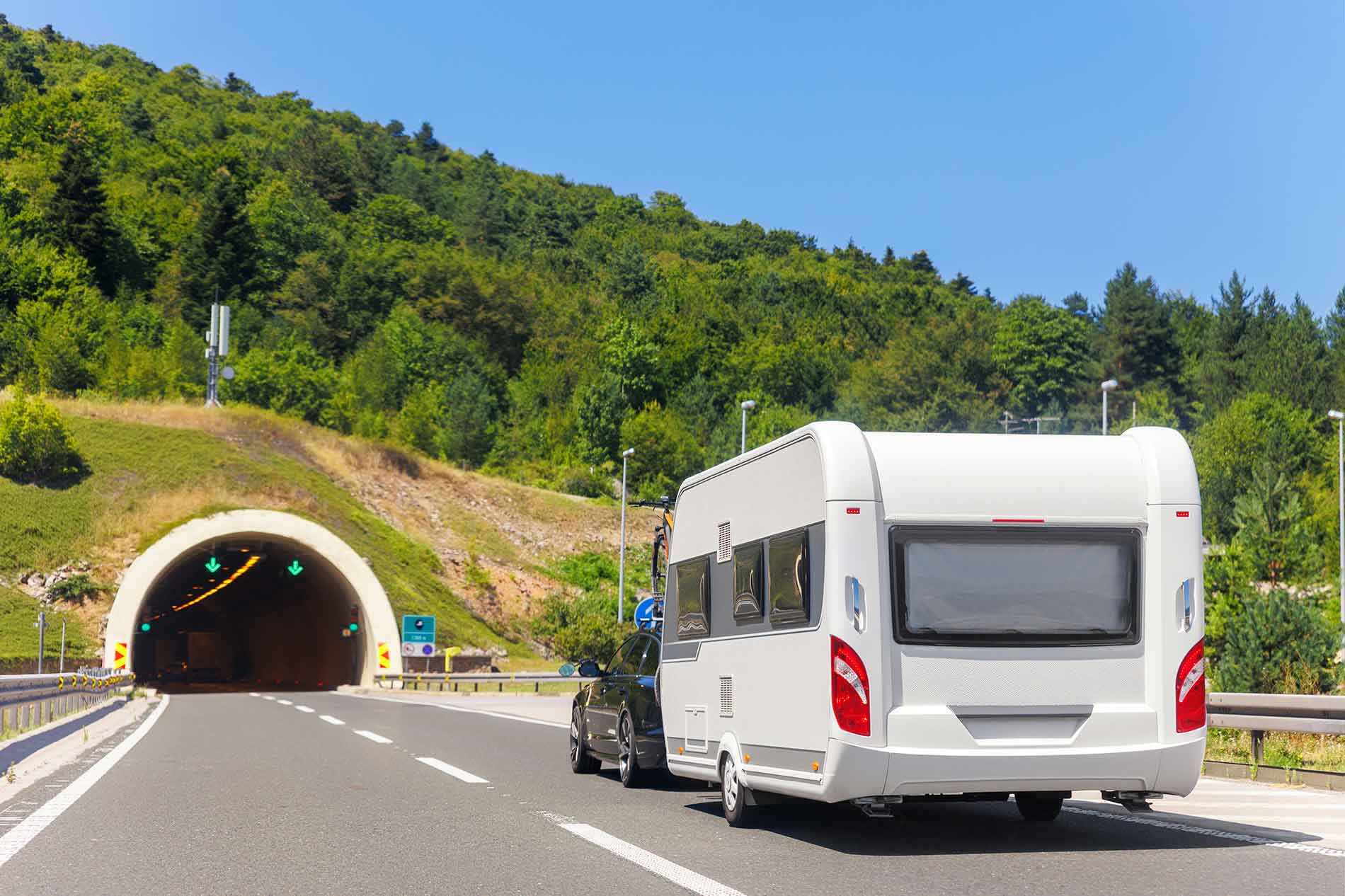
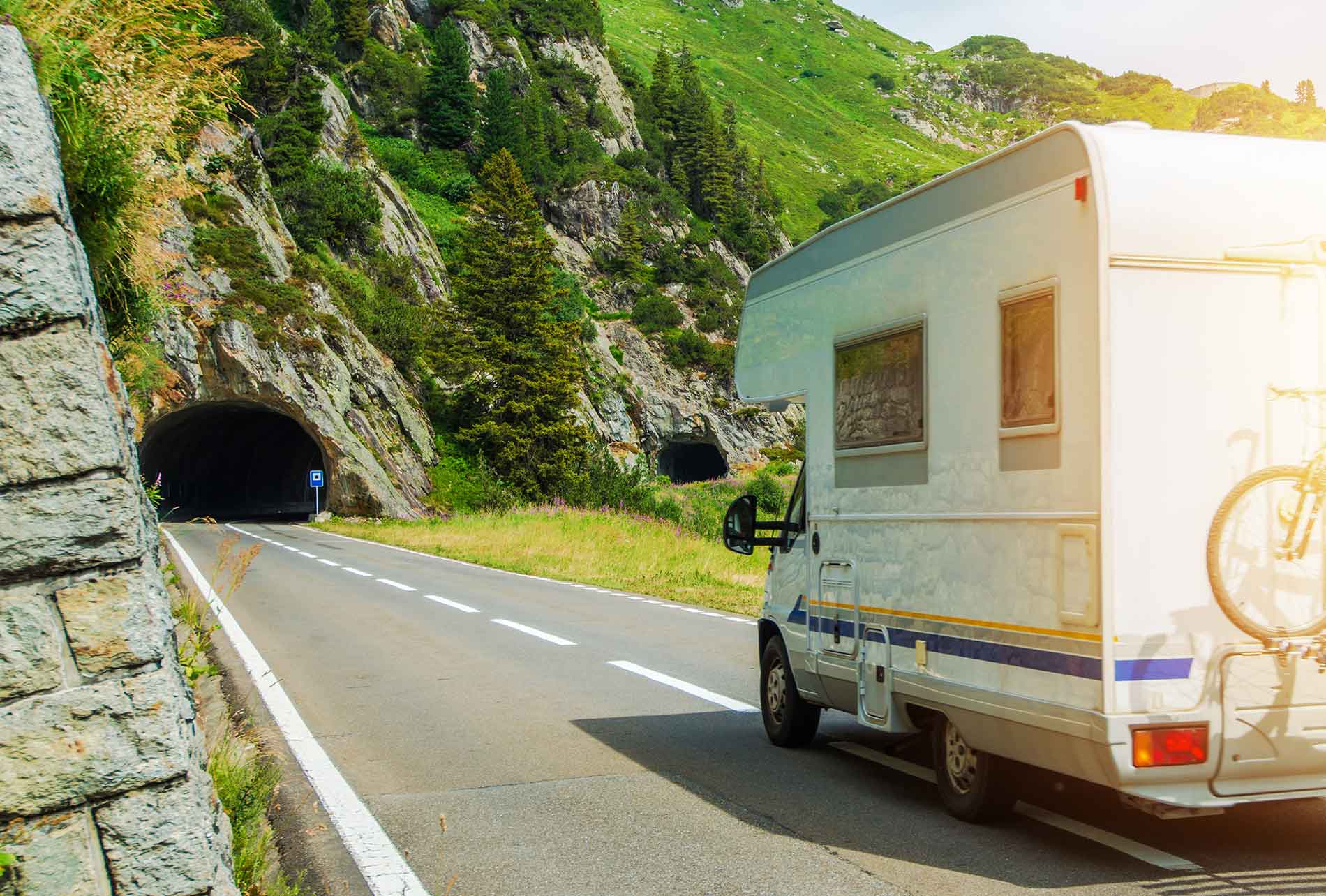
Vehicle Height and Width
Before entering a tunnel, it’s essential to verify your camper’s height and width against the posted tunnel restrictions. Many tunnels—especially older or alpine ones—enforce strict size limits. Even slight deviations can result in serious safety risks or costly delays. Always check ahead to ensure your vehicle meets the clearance requirements.
Tunnel Safety Features
Alpine tunnels are usually equipped with essential safety features such as emergency stations, ventilation systems, and clear signage. Before entering, take a moment to familiarize yourself with these systems. Knowing the locations of emergency exits, fire extinguishers, and help points can be crucial in the event of an incident.
Ventilation and Fresh Air Supply
In long tunnels, air quality can deteriorate quickly — especially in larger vehicles like campers. Make sure your camper's ventilation system is working properly. It's also a good idea to keep a window slightly open to allow fresh air in. This simple precaution can help reduce fatigue and prevent dizziness during extended drives through tunnels.
Speed and Distance
When driving through tunnels, always reduce your speed and keep a safe distance from the vehicle ahead. Many tunnels have specific speed limits — make sure to follow them carefully. Traffic can slow down unexpectedly, especially in narrow or longer tunnels. A greater following distance gives you more time to react and ensures a safer journey.
Lighting and Visibility
Most tunnels are illuminated, but older ones may have dim or inconsistent lighting. Before entering, check that your camper’s headlights and rear lights are functioning correctly. Poor visibility increases the risk of accidents — so maintain a safe speed and keep your distance from the vehicle ahead.
Anxiety or Claustrophobia
Driving through long tunnels can trigger anxiety or feelings of claustrophobia — especially in larger vehicles like campers. If you start to feel uneasy, try to stay focused on the road, breathe deeply, and remain calm. Planning your route in advance and being aware of tunnel lengths can help you feel more in control and mentally prepared.
Tips for Dealing with Claustrophobia While Driving Through Tunnels
If your tunnel anxiety is strong, consider learning relaxation techniques or speaking with a professional to build coping strategies.
Tunnel Closures and Detours
Before heading into the mountains, check if there are any tunnel closures due to maintenance or accidents. Websites such as ASFINAG or Alpen-Pässe offer up-to-date information on road and tunnel closures in the Alps. Keep an eye on live traffic updates to avoid delays or sudden detours.
Conclusion
Driving through Alpine tunnels requires careful preparation. By ensuring your vehicle is within the size restrictions, maintaining a safe speed, and understanding the tunnel's safety features, you’ll be able to navigate tunnels with confidence. Tunnels are a great way to shorten your travel time and avoid weather challenges—just make sure to be prepared and stay alert.

 En
En  DE
DE  NL
NL